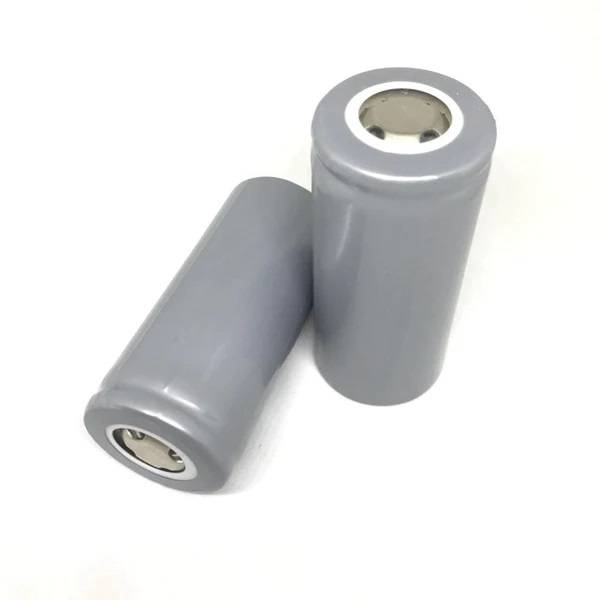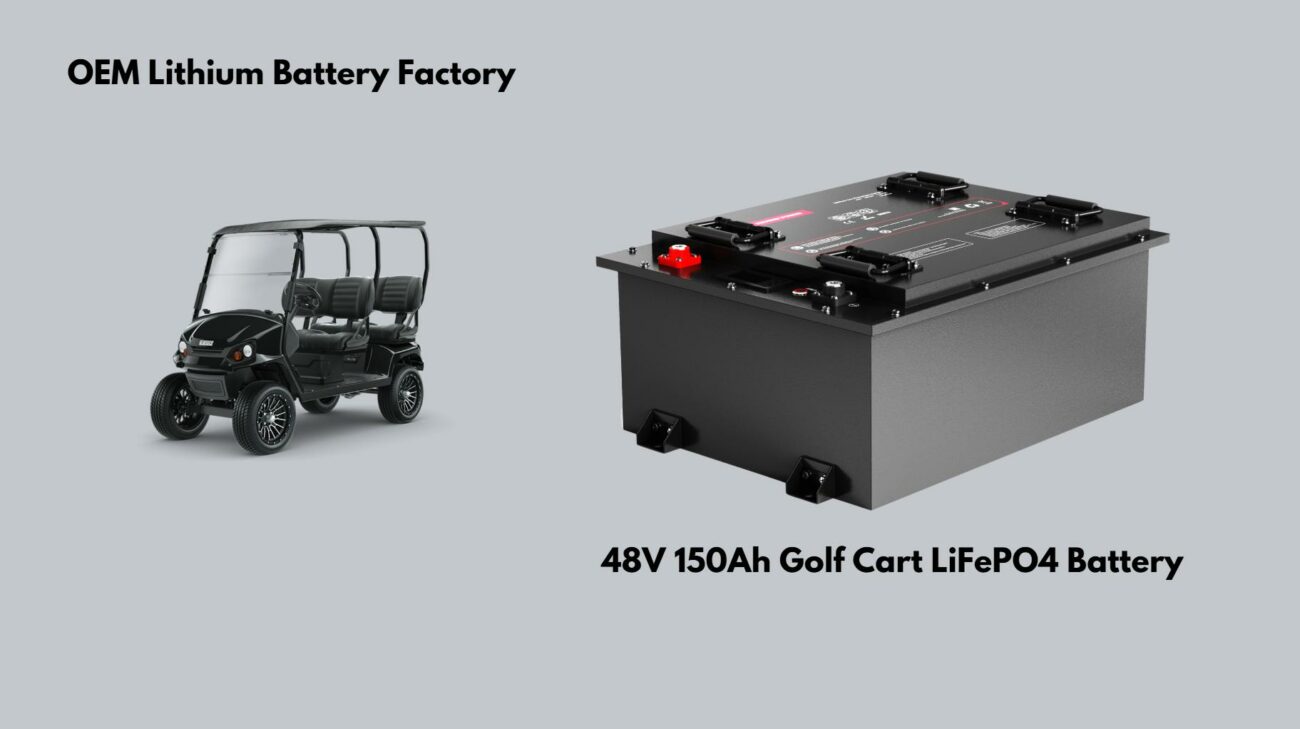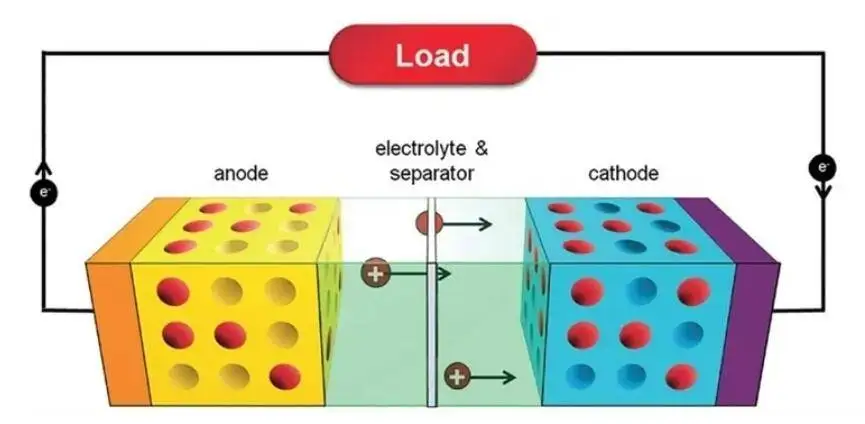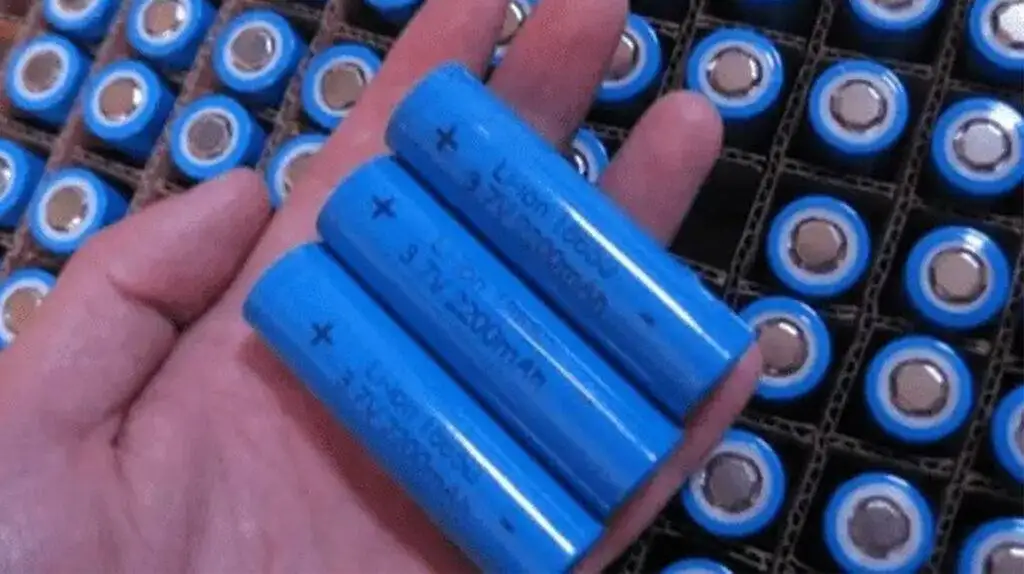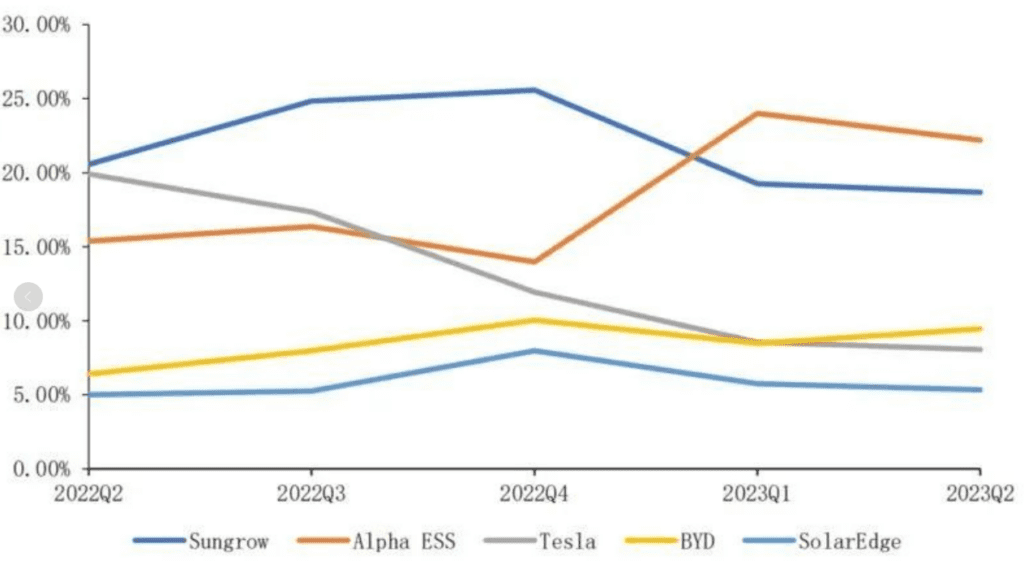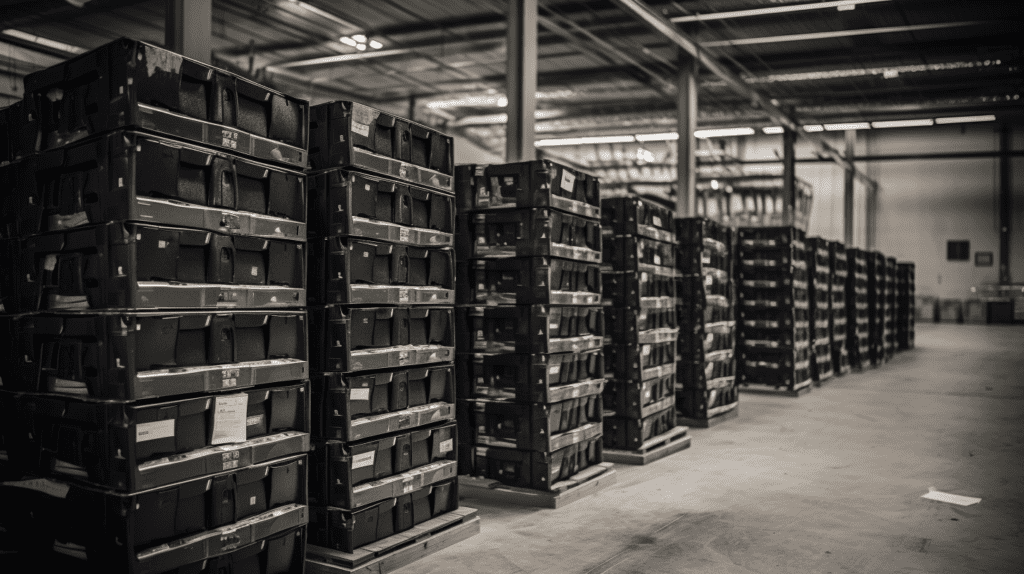Lithium Iron Phosphate (LiFePO4) batteries have gained popularity in various applications due to their impressive durability and longevity. Understanding the cycle count and real-life lifespan of these batteries is crucial for users looking to maximize their investment in energy storage solutions. This article delves into the specifics of LiFePO4 battery life, including typical cycle counts, expected lifespan, and factors influencing performance.
Cycle Count of Lithium Iron Phosphate Batteries
The cycle count refers to the number of complete charge and discharge cycles a battery can undergo before its capacity significantly degrades. For LiFePO4 batteries, the cycle count is notably high compared to other lithium-ion battery chemistries.
Typical Cycle Count
- Standard Performance: Most LiFePO4 batteries can achieve between 2,500 to 5,000 cycles at an 80% depth of discharge (DoD). This means that the battery can be charged and discharged multiple times while maintaining a significant portion of its original capacity.
- Optimal Conditions: Under optimal conditions and with careful management, some LiFePO4 batteries can reach up to 10,000 cycles. This extended lifespan is often achieved through proper usage practices, such as avoiding extreme temperatures and maintaining moderate charging rates.
Table: Cycle Count Comparison
| Battery Type | Typical Cycle Count (Cycles) | Depth of Discharge (%) |
|---|---|---|
| Lithium Iron Phosphate | 2,500 – 10,000 | 80 |
| Lithium Cobalt Oxide | 500 – 1,500 | 100 |
| Lead-Acid | 300 – 1,000 | 50 |
Real-Life Lifespan of LiFePO4 Batteries
The real-life lifespan of a LiFePO4 battery refers to the duration it can effectively operate before significant performance degradation occurs. This lifespan is influenced by several factors including usage patterns, environmental conditions, and maintenance practices.
Expected Lifespan
- General Lifespan: A typical LiFePO4 battery exhibits a lifespan of approximately 5 to 10 years when properly maintained. This longevity makes them an attractive option for applications requiring reliable energy storage.
- Factors Influencing Lifespan:
- Depth of Discharge: Keeping the DoD below 80% can significantly enhance the lifespan of LiFePO4 batteries.
- Temperature: Operating within an optimal temperature range (generally between -20°C to 60°C) helps maintain performance and longevity.
- Charging Practices: Avoiding rapid charging or discharging helps reduce heat buildup, which can degrade battery components over time.
Signs of Aging in LiFePO4 Batteries
As with all batteries, recognizing signs of aging is crucial for maintaining performance:
- Capacity Fading: A decrease in capacity is common after several thousand cycles. Users may notice that the battery does not hold a charge as well as it once did.
- Increased Internal Resistance: Aging batteries may experience higher internal resistance, leading to reduced efficiency and longer charging times.
- Performance Reduction: Users may observe diminished power output or shorter runtimes as the battery nears the end of its useful life.
Conclusion
Lithium Iron Phosphate batteries are renowned for their impressive cycle counts and real-life lifespans. With typical cycle counts ranging from 2,500 to over 10,000 cycles and lifespans extending from 5 to 10 years under proper maintenance, they represent a reliable choice for various applications.Investing in high-quality LiFePO4 batteries from reputable manufacturers can further enhance longevity and performance. By adhering to best practices regarding charging, discharging, and environmental conditions, users can maximize the value derived from their energy storage systems.For those considering energy storage solutions or looking for custom battery options tailored to specific needs, companies like Redway Battery offer expertise in Lithium LiFePO4 technology. Contact us today for a quick quote on our high-quality battery solutions designed for longevity and reliability.


